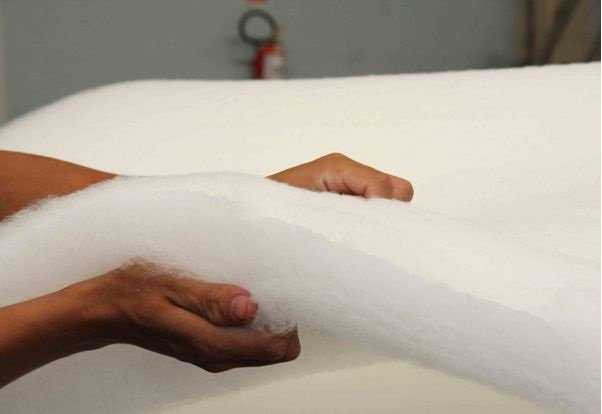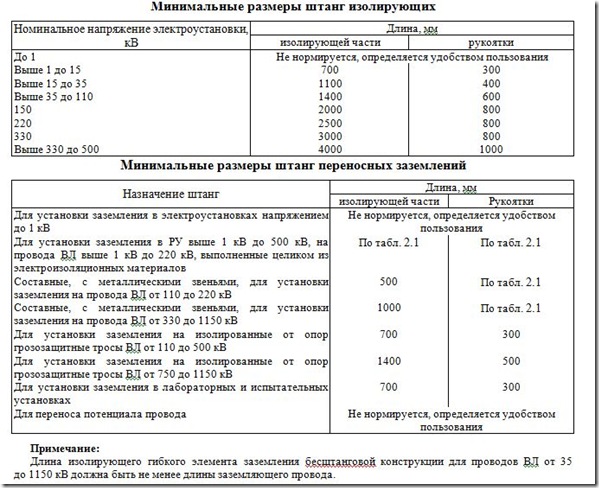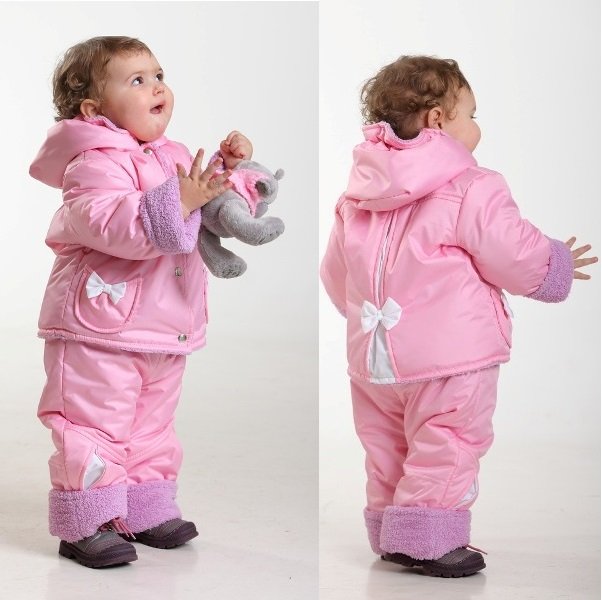Twill (fabric): description, application, photo
Twill fabric is actively used in the production of workwear and other products. What caused such a demand for the material? Experts explain: this is due to its remarkable properties. How this matter differs from other types of fabrics and what is its advantage, read below.
Twill fabric: description
In its segment, the quality indicator on the modern fabric market for special clothing is twill. The fabric is intended, first of all, to create a really high-quality product. Due to its excellent properties, the material can satisfy even very high consumer requirements.
Technology in the modern world, of course, does not stand still. Overalls made of twill are in great demand in various fields of work.
Therefore, the primary task of a modern manufacturer is to develop new types of this fabric, even more durable, with higher characteristics and indicators.
Brief description of the material

The above material has the following features:
- high water resistance;
- wear resistance;
- crease resistance;
- good breathability.
It should be noted that basically all technical fabrics are allergenic. After a while, they cause severe irritation in people with sensitive skin. As for the twill, it does not cause any allergic manifestations at all. This can be easily explained: more than 70% of natural cotton fibers are composed of twill.
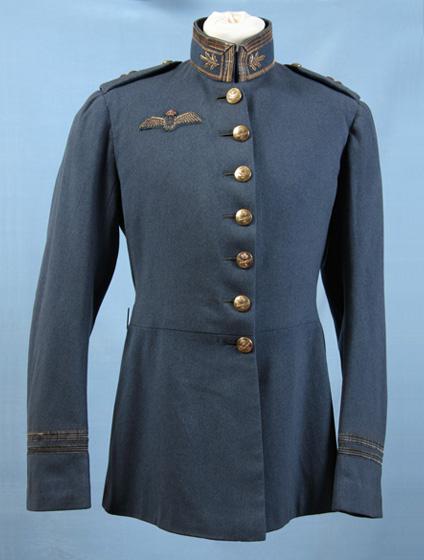
Fabric: photo, properties
One of the most important advantages of this material is its heat transfer capacity. This property means that in such clothes in winter, for example, it is not cold, and in summer it is not hot. That is, a material such as twill (fabric) is quite comfortable. Photos of this matter are presented in the article.
In addition, the material is processed with special substances, and therefore the twill does not accumulate static stress. The fabric is an ecological, clean material. This material is notable for its practicality in everyday life and durability.
Due to the fact that the twill is additionally impregnated with special substances, the fabric acquires water-repellent properties and does not allow moisture to pass through.
Also, an oil-repellent impregnation is applied to the above material by the manufacturer, since it is used to make uniforms for people who work with oily formulations. Of course, these two impregnations significantly increase the resistance of the fabric during use.
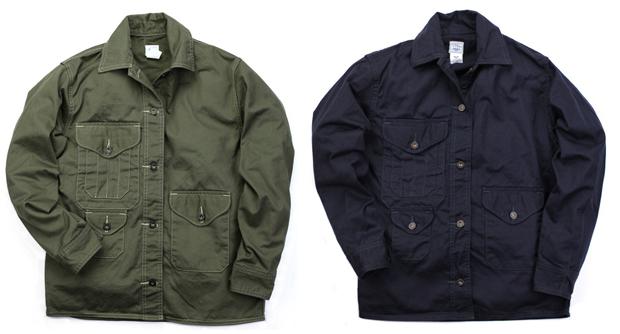
Twill weave
The interweaving of threads in any matter plays the most important, fundamental role. Some performance properties of the material depend on it. For example, this is directly related to wear resistance as well as abrasion resistance.
The twill weave differs in that the weft and warp threads are offset by one step. The main feature of this weave is that scars are formed on the surface of the matter, which are located obliquely. They create a diagonal texture.
In Russia, the above material is made with diagonals directed to the right. Unlike plain weave, twill weave has much fewer weft and warp intersections. Crossing, the warp and weft threads overlap several threads of the system at once. If the number of threads increases, then, of course, the number of intersections decreases. The strength of matter depends on this indicator. For example, when the rapport increases, the tissue power is lost.
This weave makes the material extremely durable and resistant to abrasion. Derivatives of twill weaving are materials of the following types:
- reinforced;
- broken line;
- complex;
- diamond-shaped.
These types of this matter also differ in density, which ranges from 220 to 360 g / m. sq.
Application of twill
This material is used as a dress, lining, technical fabric.
Lining twill is used for the manufacture of hats, outerwear, and also for other purposes. Key Features:
- relatively light fabric, with sufficient density, which is made from artificial threads using the twill weave method;
- pleasant to the touch, its surface has a noble luster;
- characterized by high hygienic performance;
- has excellent hygroscopic properties;
- opaque;
- strong enough in comparison with other materials.
The material is actively used for the manufacture of workwear, bags and mittens. For the production of uniforms for security structures, twill is also used.
The fabric has special properties, thanks to which it is used for the production of certain types of clothing: work suits, overalls, jackets, aprons and gowns.
- Rules for the use of electrical protective equipment when carrying out work in electrical installations
- How to sew fleece mittens
- Protective equipment in electrical installations
- Computer glasses: which is better to choose
- How to wash clothes with Thinsulate insulation
- Training in electrical safety, labor protection, ecology, electrical safety, fire-technical minimum, first aid to victims of the courses
- Protective equipment in electrical installations up to and above 1000 Volts
- What is fleece fabric, where is it used and how to care for it
- Personal protective equipment
- What is this fabric?
- Thinsulate
- Insulation thinsulate: reviews, properties
- Twill (fabric): description, application, photo
- Polyester - what is this fabric
- Thinsulate ™ insulation. History and views
- Computer glasses - is there a benefit or is it a publicity stunt?
- Polyester - what is this fabric?
- Computer glasses ... Is it true that they help?
- Gas masks: types and purpose
- Bologna fabric - features, advantages, disadvantages




